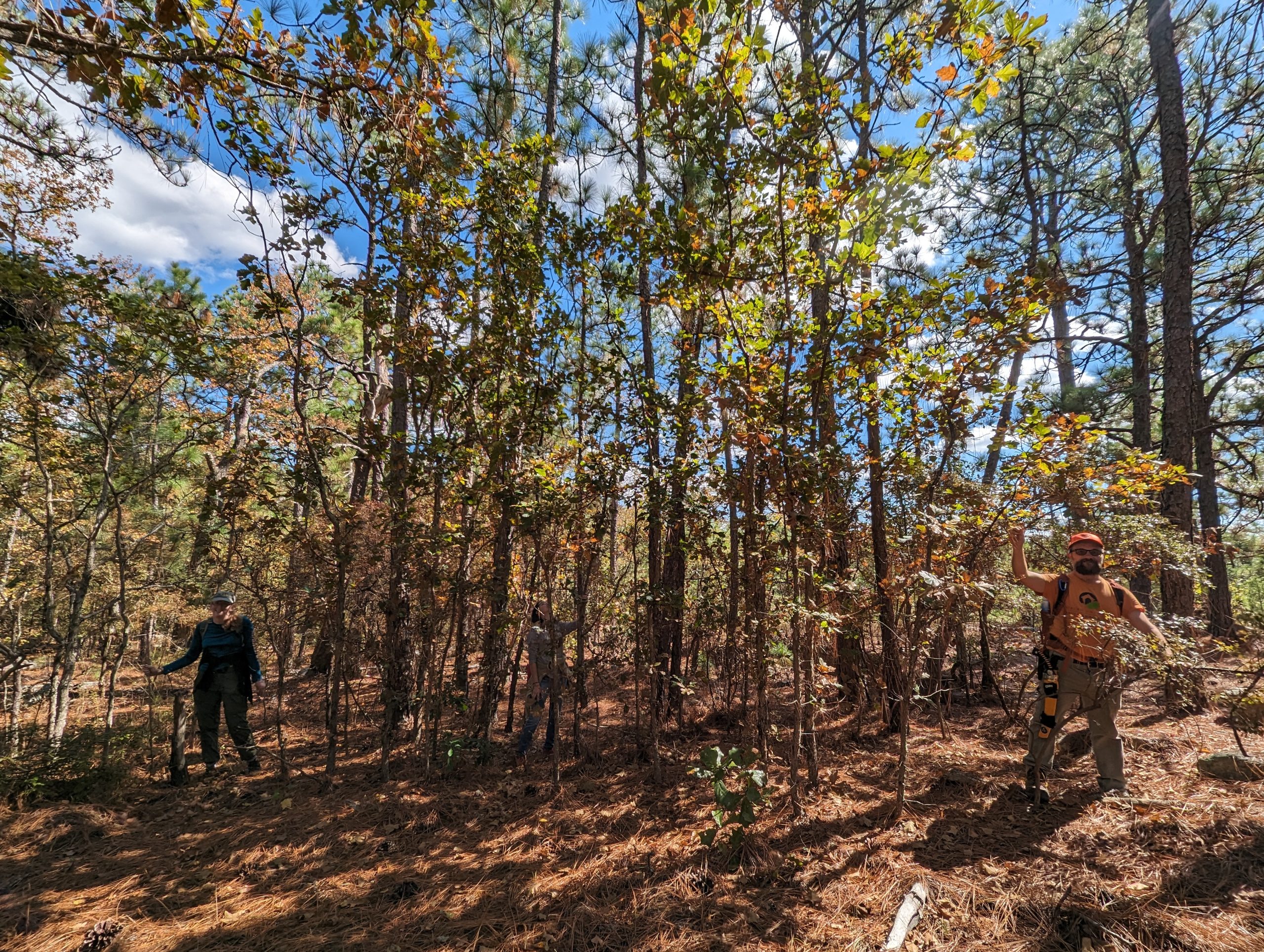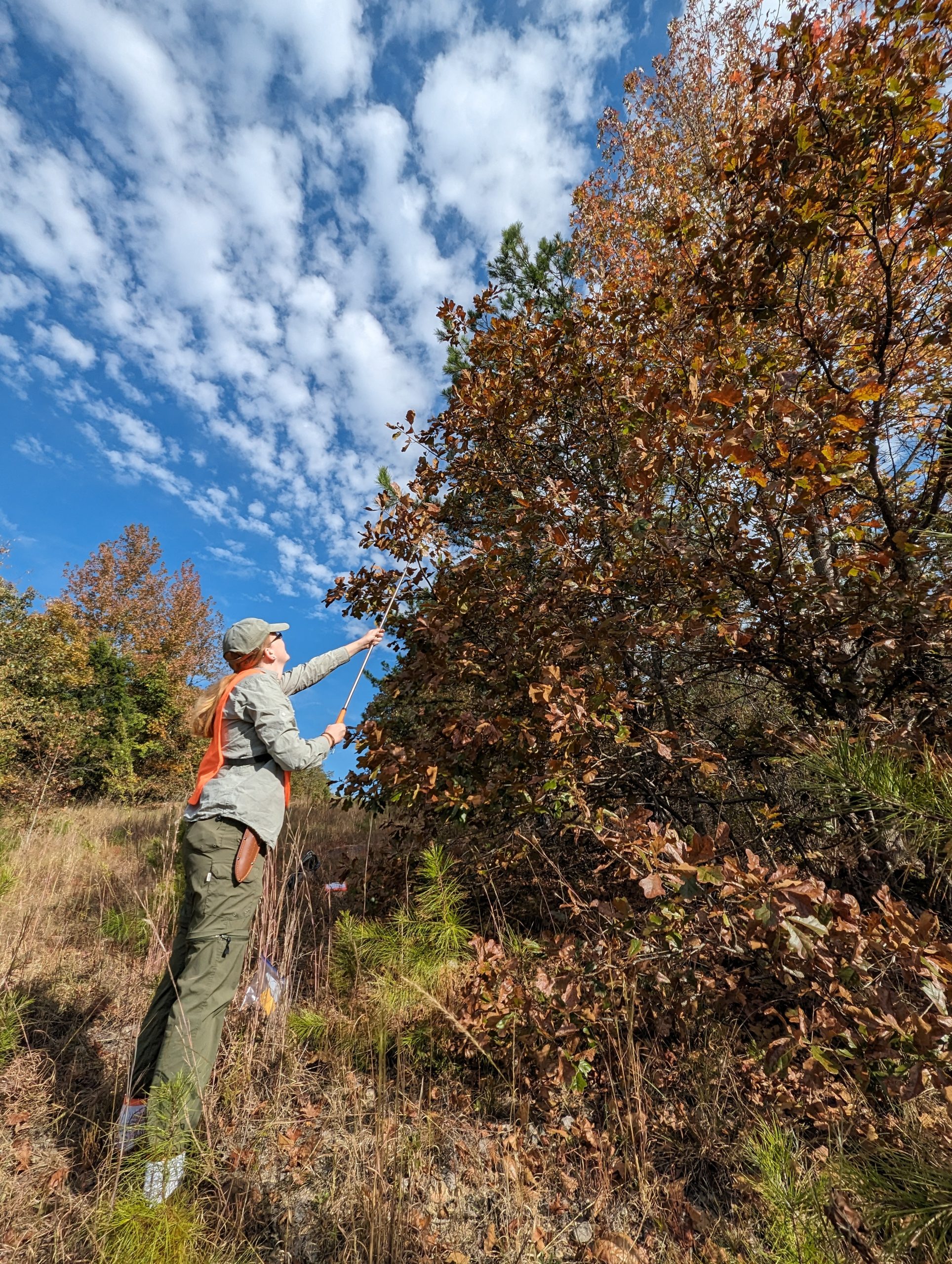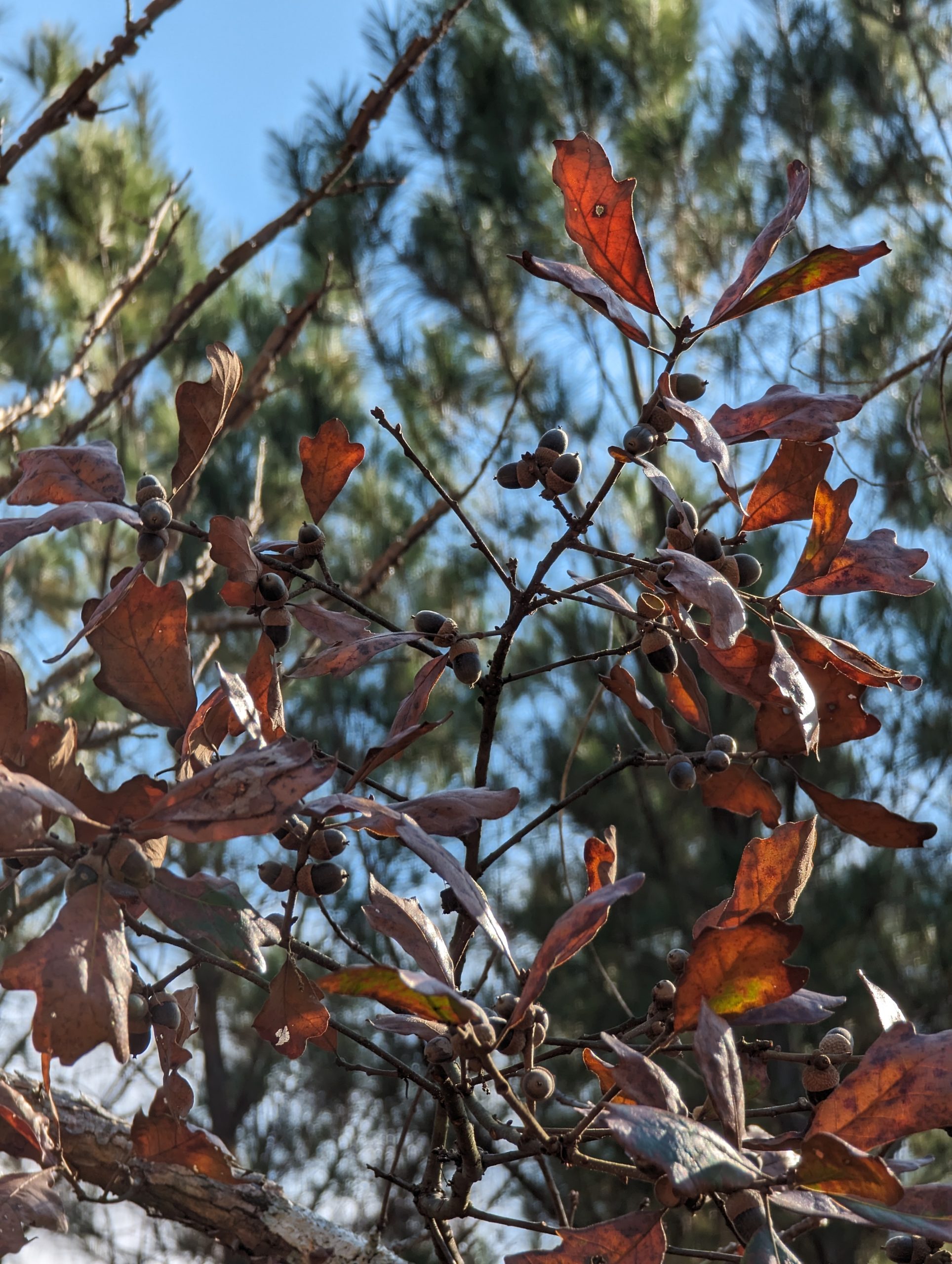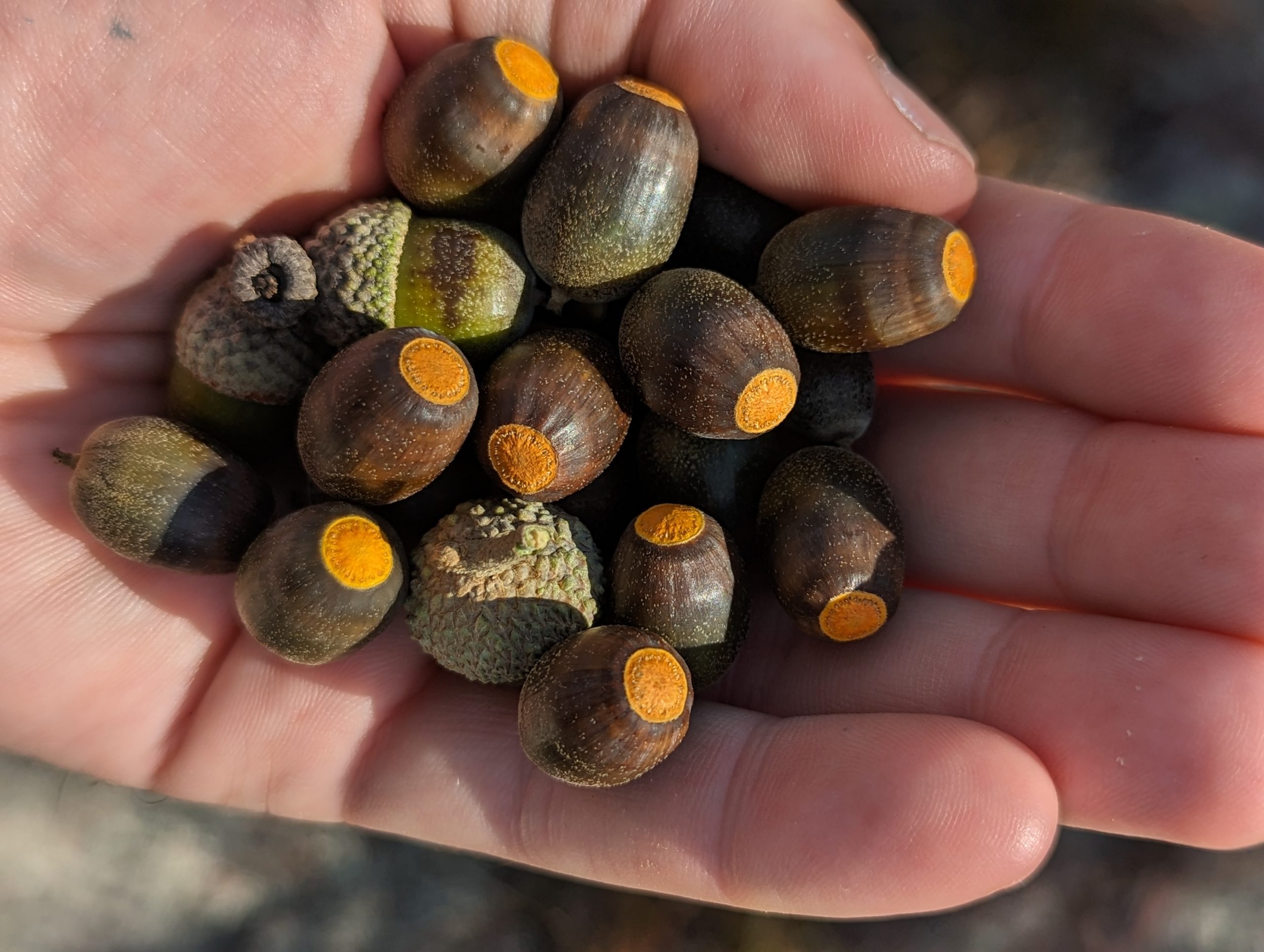Conservation of critically endangered Quercus boyntonii, USA

-
Status of project
Completed -
Region
North America -
Country
United States of America -
Programme
BGCI -
Workstream
Saving Plants -
Topic
Services for Botanic Gardens
Funded via ArbNet
Project Completed: 2023
Institution: Huntsville Botanical Garden
Census and ex situ safeguarding of Quercus boyntonii
Quercus boyntonii, commonly known as Boynton Oak is a critically endangered oak reported from a six-county range in central Alabama. It is restricted to localized occurrences along glade margins on sandstone outcrops within pine-oak-hickory forests. Huntsville Botanical Garden (HBG)’s plant conservation program is collaborating with 12 other institutions, including Royal Botanical Garden Edinburgh, to establish genetically diverse ex situ collections of this rare tree.

During this project, habitat information from three under-documented localities in Blount, Etowah, and St. Clair Counties in Alabama were recorded. This included observations on the size, growth habits, and apparent health of individuals, seedling recruitment, and any potential threats to populations.
The data was shared with project partners, the Alabama Natural Heritage Program, and Global Conservation Consortium for Oak. The surveys of populations in the three counties uncovered approximately 1,217 previously undocumented trees, providing better estimates of Q. boyntonii population size.

Quercus boyntonii propagules were also collected and distributed to partners for Safeguarding. Propagules were collected from all individuals within a population if it contained fewer than fifty individuals, and from fifty individuals if the population contains greater than fifty individuals. No more than 10% of acorns were collected from each individual and population.

1,700 acorns were collected from 49 maternal lines – two of which had no prior ex situ collections. Acorns were distributed to 14 partner institutions including international partners at Royal Botanic Garden Edinburgh. Herbarium vouchers were collected from each individual from which acorns were collected and sent to the U.S. National Arboretum Herbarium.

The scouting and collection efforts from this project increased the known population of this tree to 1,824. HBG collected and distributed genetically representative collections of wild origin plants from underrepresented populations of the Q. boyntonii range. This successfully increased the percentage of range represented by accessions across partnering institutions. Additionally, the collection of in situ census and habitat data has helped fill knowledge gaps and inform the GCCO recovery plan.